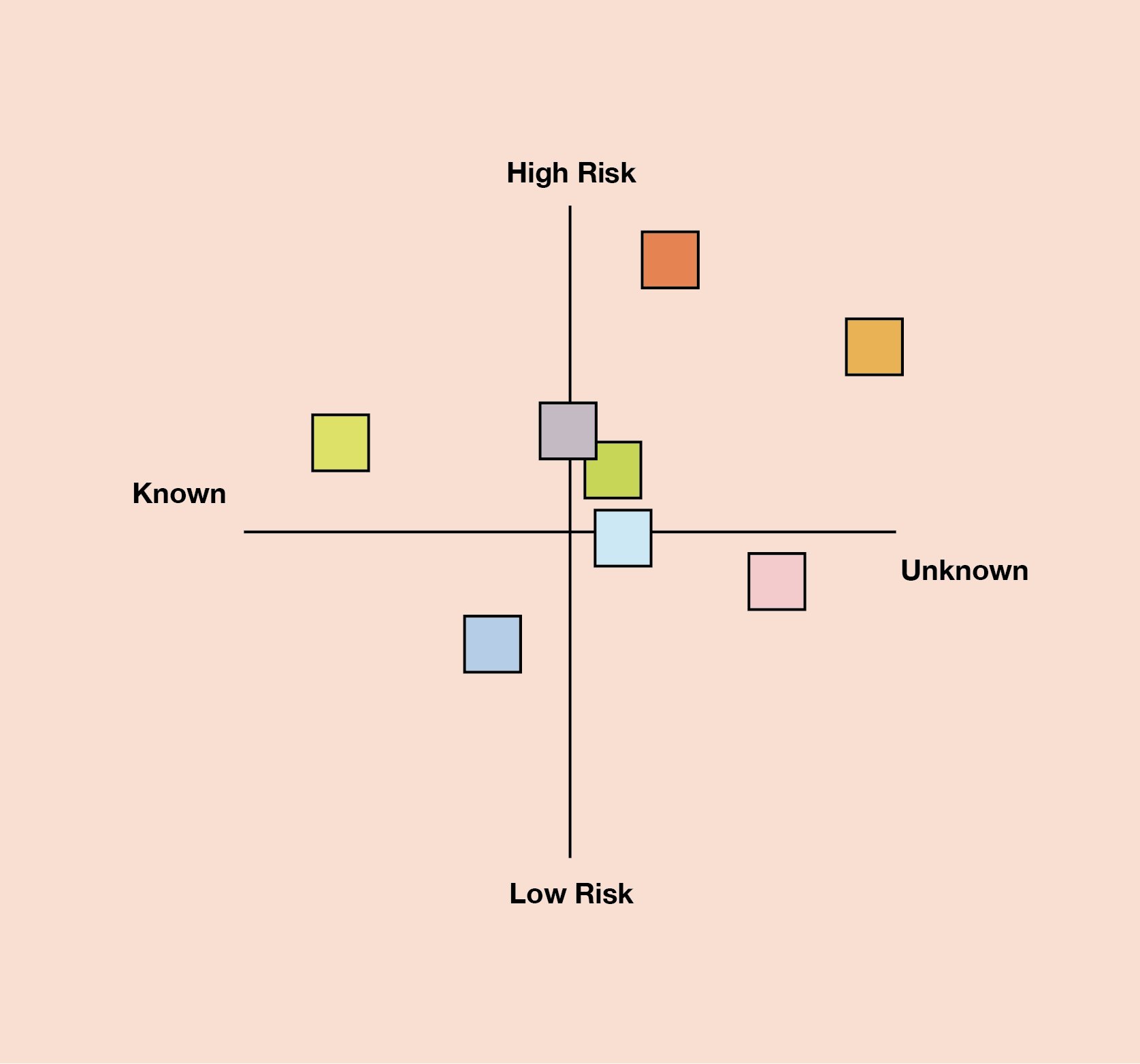Unmasking Assumptions in Product Development: A Guided Journey
Building a successful product is like embarking on a thrilling adventure, but in this quest, assumptions often lurk in the shadows, influencing every step we take. To ensure we're on the right path, we need to shine a light on these assumptions. The key to this enlightenment lies in facilitating open discussions that encourage critical thinking. Let's embark on this guided journey to unmask the assumptions that silently shape our product development. We have a series of probing questions that will help you lead your team towards a deeper understanding of the assumptions they may be unwittingly harboring.
What Are Our Core Assumptions?
Start by asking the group to identify and list the assumptions they believe are at the core of the product development process. This question helps bring these assumptions to the surface.
Who Is Our Target Audience?
Ask the team to describe their understanding of the target audience. What assumptions have been made about their needs, preferences, and behaviors?
What Problem Are We Solving?
Explore the assumptions regarding the problem the product aims to solve. Are we certain this is the most pressing issue for our users?
What Features Are Essential?
Encourage the group to identify the features they believe are essential for the product's success. Are these assumptions based on user feedback or market research?
How Will Users Interact with the Product?
Discuss the assumed user journey. How do we envision users interacting with the product, and what steps are we assuming they will take?
What Are Our Competitors Doing?
Ask about assumptions related to competitors. Are we assuming that what works for them will work for us, or are there untested assumptions about our unique selling points?
Why Will Users Choose Us?
Dive into assumptions about why users will choose our product over alternatives. What value propositions are we assuming will resonate with them?
What Metrics Define Success?
Explore the key performance indicators (KPIs) and metrics that define success. Are there assumptions about what success looks like, and are these assumptions realistic?
What Are the Technology and Resource Assumptions?
Probe into the technical and resource-related assumptions. Are there assumptions about the availability of certain technologies, resources, or skill sets?
How Will External Factors Impact Us?
Consider external factors like market trends, regulations, or economic conditions. What assumptions are we making about how these factors will affect our product?
Are There Assumptions About User Behavior?
Challenge assumptions regarding user behavior. Are we assuming that users will engage with the product in a certain way, or are there alternative scenarios to consider?
What Could Go Wrong?
Encourage the group to think about worst-case scenarios. What assumptions about potential failures or challenges should be explored?
How Can We Validate These Assumptions?
Conclude by discussing strategies for validating assumptions. What research, testing, or data can be gathered to confirm or challenge these assumptions?
These questions can help you and your team critically examine the assumptions underlying their product development process, fostering a deeper understanding of potential risks and opportunities for improvement.


